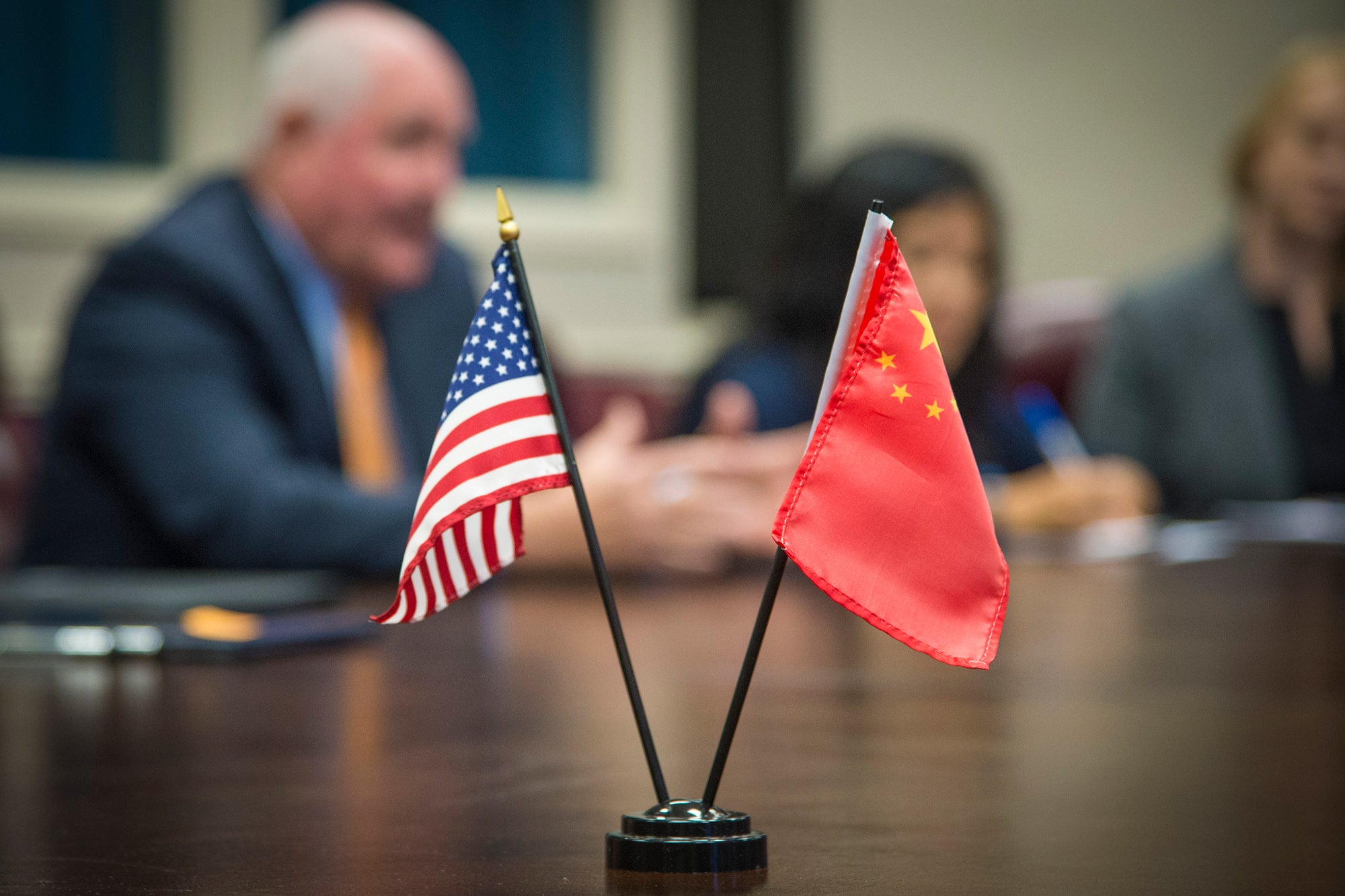DAILY Bites
-
Researchers say the U.S.-China trade war erased $14 billion in exports and permanently shifted buyers toward competitors like Brazil and Australia.
-
Brazil’s massive productivity and infrastructure gains have made it the world’s top soybean exporter, while U.S. exports have stagnated.
-
The report urges stronger trade diplomacy, renewed R&D investment, and upgraded logistics to restore America’s global agricultural edge.
DAILY Discussion
The United States has long been the world’s agricultural heavyweight, reliably posting trade surpluses driven by corn, soybeans, wheat, and cotton. That era may be fading, according to new research out of land-grant schools in Illinois and Texas.
A peer-reviewed study from the University of Illinois Urbana-Champaign and Texas Tech University finds the U.S. agricultural trade balance has flipped firmly into the red, with the deficit projected to reach $49 billion by the end of 2025.
The authors, William Ridley and Stephen Devadoss, argue that a thicket of trade disputes, intensifying foreign competition, and policy and productivity headwinds have eroded America’s export edge in its most critical row crops.
The reversal did not happen overnight. Retaliation tariffs during and after the 2018-2020 U.S.-China trade conflict surprised long-standing flows, forcing Chinese buyers to re-source large purchases away from the United States and toward Brazil, Australia, Canada, Ukraine, and Argentina. Although the Phase One agreement temporarily spurred volumes, most tariffs persisted and China further diversified its suppliers.
Ridley and Devadoss estimate that the initial dispute erased roughly $14 billion in U.S.-China farm exports at the time and cemented market share losses that persist today. Renewed tariff escalations in 2025, they add, threaten deeper cuts, especially for soybeans, with no single alternative buyer able to replace China’s scale.

In the meantime, the competition has thrived. Brazil’s agribusiness sector planted more acres, raised yields, and upgraded ports and roads, surging past the U.S. as the world’s top soybean producer and exporter and gaining traction in corn and cotton. Australia and Canada have strengthened their wheat strongpoints in premium Asian markets, and Ukraine (despite war-related disruption) remains a key grains exporter.
Those moves are set against a U.S. export machine that has largely plateaued in real terms since the mid-2000s, even as domestic imports of consumer-oriented foods such as Mexican avocados and Canadian canola oil have climbed with American incomes.
Policy choices have compounded the pressure, the report says. The U.S. has been largely absent from new market-opening trade deals since the fall of the Trans-Pacific Partnership, while competitors pressed ahead. The Comprehensive and Progressive Agreement for Trans-Pacific Partnership lowered barriers between key producers and consumers, openly tipping share in markets like Japan and Mexico. The report also points to input cost friction, like duties that increased fertilizer expenses, and warns that continued tariff uncertainty is a competitiveness drag in itself.
Meanwhile, China is channeling massive public support into agriculture, expanding research and development and greenlighting new GM seed varieties as it pursues greater self-sufficiency; another long-run headwind for U.S. exporters.
Row crops matter because they underpin the overall farm trade ledger. Yet measures of revealed comparative advantage in wheat have trended lower for the U.S., while soybeans and cotton look stagnant against competitors that are still climbing. The authors argue this is a productivity and logistics story as much as a trade-policy one: Without renewed gains in yields and upgraded export corridors, America’s ability to anchor the agricultural balance weakens. Climate change raises the stakes. Yield drag from heat and drought, plus recurring bottlenecks on river and rail systems during extreme weather, could further trim export reliability and raise delivered costs relative to Brazil’s increasingly efficient corridors.
The paper doesn’t dwell on gloom; it points to tangible levers that could stabilize and rebuild export momentum. Reducing trade-policy whiplash would help keep agriculture out of the retaliatory crossfire. Re-engaging on market access, whether through modernized bilateral deals or targeted removal of non-tariff barriers, can slow or reverse share losses in strategically important destinations.
Public investment in agricultural R&D, from climate-resilient genetics to precision management, historically pays dividends in productivity; so does attention to infrastructure, from locks and dams to port capacity. The authors also caution against misreading the deficit: Strong U.S. consumer demand for imported foods explains part of the arithmetic and isn’t inherently negative, but it does put more onus on export performance from the row-crop sector.
“Producers may look to other markets, but there’s only one China,” Ridley notes in the release. “Even if you pulled these tariffs back right now, sales would not resume.” That sober assessment underscores the study’s central message: The U.S. hasn’t lost the global row-crop race, but it is no longer running alone in the lead. In a more competitive, policy-turbulent, and climate-strained world, maintaining U.S. influence in grain and oilseed trade will require steadier rules, stronger science, and faster, cheaper routes to market. Without those, a once-reliable surplus risks becoming a long-term deficit — and with it, a quieter American voice in the global food economy.

